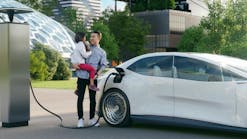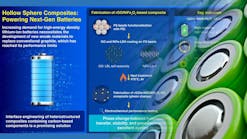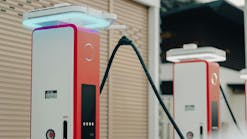Dreamstime_-Andrii-Yalanskyi-_141855842
Members Only Content
The Heat is On to Reduce Electric-Vehicle Cost (Download)
Oct. 17, 2023
Much to the surprise of many automakers, electric vehicles (EVs) are rapidly eclipsing internal combustion engine (ICE) vehicles as the mobility choice for most consumers.1 But many would-be buyers are holding off on their next vehicle purchase until EV prices begin to approach parity with their fossil-fueled counterparts.
Automakers wishing to remain relevant in the coming decade will need to close this price gap very quickly, with a combination of aggressive scaling and technical innovation. As we'll see shortly, one of the previously unexplored opportunities for cost savings in EV manufacturing lies in the systems used to heat their batteries and cabins.
Comments
Comments









